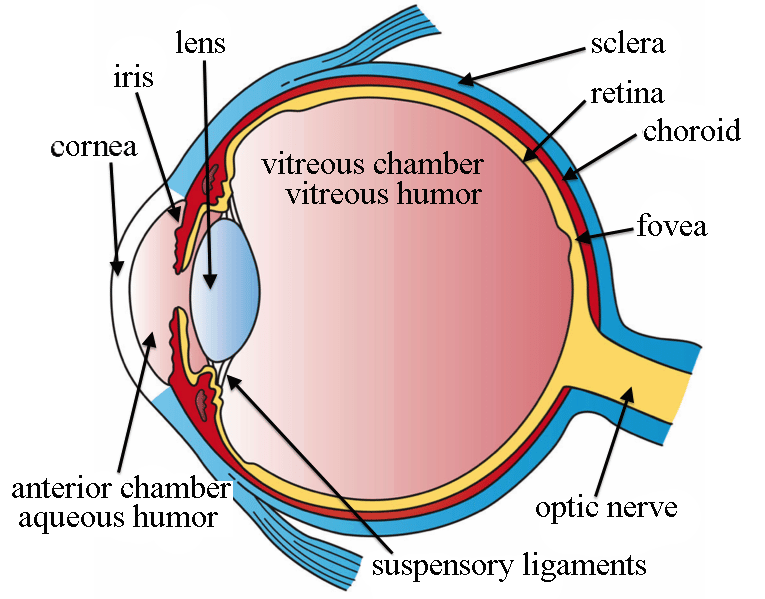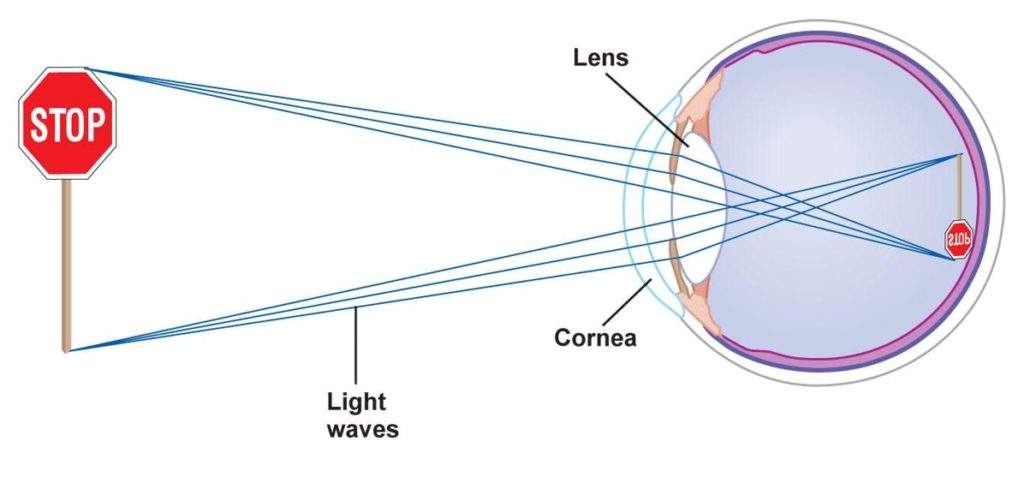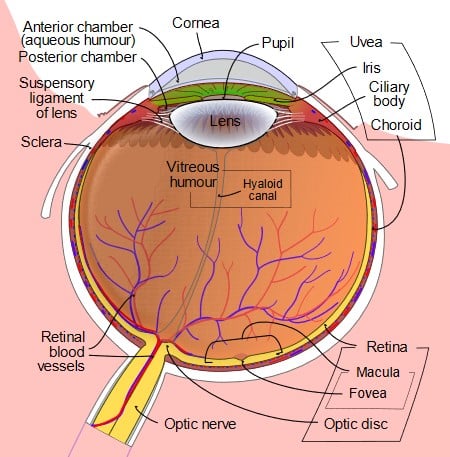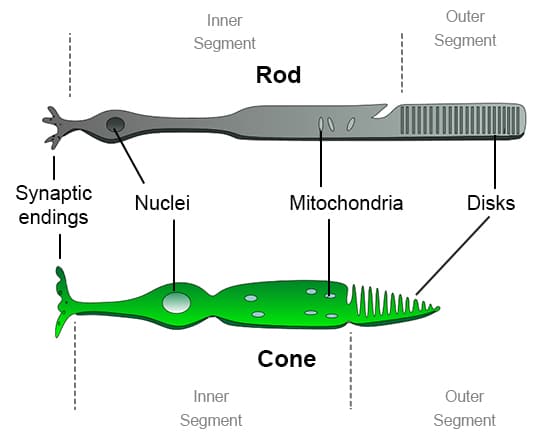How Do Human Eyes Work

The retina at the back of the eye is a complex part of the eye, and its job is to turn light into signals about the images on its surface that the brain can understand. Only the retina is light sensitive, and it is roughly the area of a 10p coin, and is packed with photosensitive cells. Because the lens of the eye is curved, it bends the light, creating an upside-down image on the retina.

The brain turns the images the right way up and we never know anything is strange. Our brain also creates a single image from our two eyes!
Two image from our eyes, set some distance apart, gives us binocular vision, so we get depth perception and are able to see the world in three dimensions.
Our Eyes Are Very Sensitive To Low Levels Of Light

Rod cells in the retina, shown below, make our eyes very sensitive to levels of light and they contain a substance called rhodopsin, also known as visual purple. However, it’s cone cells that give us our perception of colours.

We see colours via three types of cone cells sensitive to red, green, and blue light (they contain three different light sensitive photopsins, types I, II and III). Some “tetrachromats” have an extra 4th cone that peaks somewhere between red and green, allowing them to see more hues – it is thought in about 3% of women. In darkness, the cone cells do not function at all. So, the colours we see are a product of the light source illuminating the object, plus the eye and brain’s combined response to the light reflected from the object. Colour vision is a psychophysical property and depends heavily on interpretation by the brain. Most people can distinguish over 10 million individual colours.
